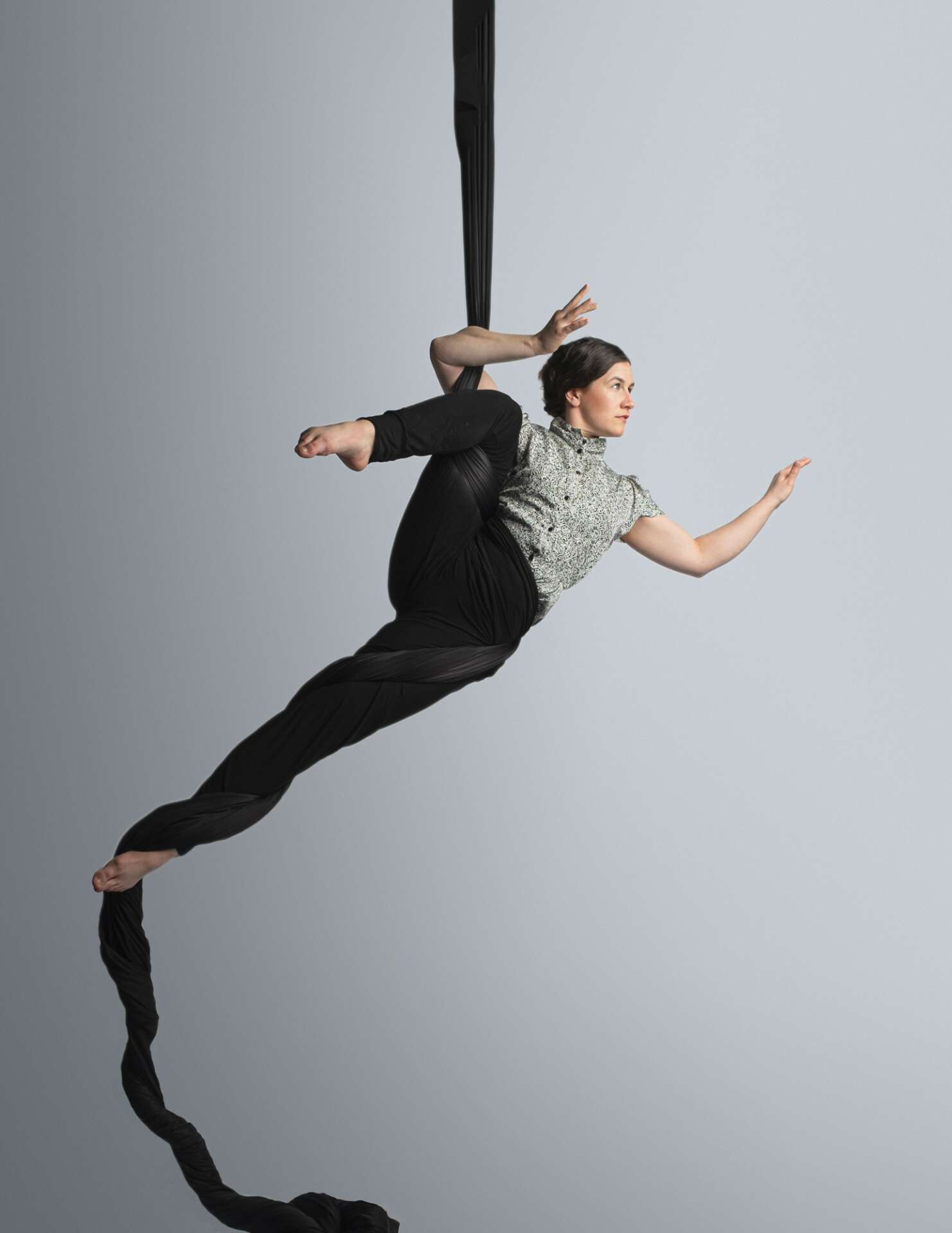We were lucky to catch up with Emily Hughes recently and have shared our conversation below.
Hi Emily, thanks for joining us today. Earning a full time living from one’s creative career can be incredibly difficult. Have you been able to do so and if so, can you share some of the key parts of your journey and any important advice or lessons that might help creatives who haven’t been able to yet?
This is an interesting question because I feel like part of the answer is in the way that we define “full-time living”. Very few full-time working artists make comparable wages to working in other sectors, so it comes down to a combination of choice, luck, privilege and sacrifice.
Because I started out in circus quite young, it also became my first job. I started working at camp as a teenager and got my first professional gig performing when I was 18, so I was already on my way before I even started post-secondary (which also basically put me through school). There’s a longer story here of leaving the circus company I was working for and having to re-find my way in circus, but essentially after theatre school, I worked for a while in a cafe and a restaurant taking circus gigs as they came up, and was able to transition away from those jobs when I was offered a more full time position teaching an after-school circus program. Since then my work has been various mixes of performance and teaching, but I would say that it was actually mostly the pandemic that ultimately moved me into more full-time creation and performance work, as there was a good year where teaching in person was basically impossible. I was lucky enough that same year to get a grant for a big personal creation project and things sort of shifted from there.
The other half of this is that I am extremely lucky to live in affordable housing. My partner and I moved into Artscape housing in 2019 and it’s made a huge impact in my life and given me space to be able to focus more on my artistic practice. It honestly feels like such a luxury to not be constantly stressed about rent, and in turn, this has given me more freedom to take artistic risks and grow as an artist. Before I lived here, I often struggled to make ends meet and more than once was blessed with what I liked to think of as a miracle gig to get me through.
The other part of the answer to this question is what a full time living looks like. Even though I am very fortunate to have the living situation I do, I still live very simply. I mostly ride my bike for transportation, I’m vegetarian and mostly eat at home, I don’t really spend money on anything that’s not personal or work related necessities, and any travelling I do is almost entirely for work. I also realize that most of these things are a mixture of privilege and choice. For instance, I recognize that I am able-bodied enough to choose to ride my bike, but also that there are plenty of people out there who are also able who don’t make that choice.
I also choose to have flexibility and freedom over stability. My ambitions don’t include owning a car or a home, I don’t have children, and am lucky enough not to have any other dependants at this time. Again, part of that is circumstance, and part is choice.
In the end, some people have enough luck and privilege to be able to have all of these things, but for the most part we don’t choose to go into the arts to make money. Instead, you have to decide what’s most important to you and make sacrifices.
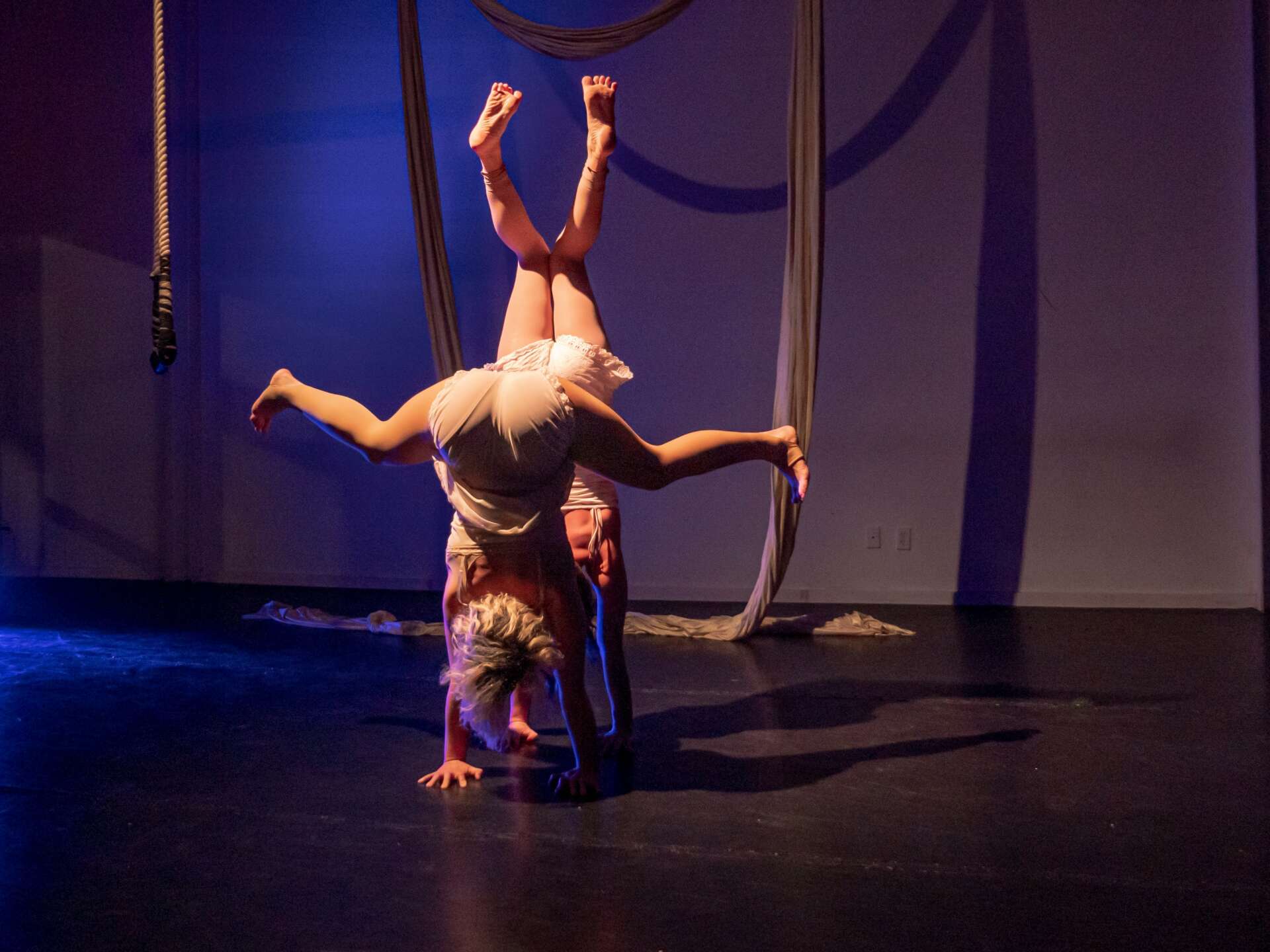

Emily, love having you share your insights with us. Before we ask you more questions, maybe you can take a moment to introduce yourself to our readers who might have missed our earlier conversations?
I’ve been performing as a professional aerialist (meaning I hang from above on various apparatus) for over 20 years, after beginning my initial circus training at Harbourfront Centre Circus Camp as an 8 year old and continuing in recreational classes at Main Space School of Circus Arts (which would later become Toronto School of Circus Arts) under the original founder of Toronto circus, queen Marsha Kennington. As a teenager I started taking my circus training more seriously. Around the same time I also got really into acting and ended up pursuing a BFA in Theatre Performance at what is now Toronto Metropolitan University. Although I would consider myself primarily an aerialist I also do handstands, basic juggling and have recently begun to perform more as a clown, after furthering my training through the Pochinko method. My particular style tends to combine my training in both circus and theatre, fusing character and storytelling with acrobatic movement and spectacle. Past notable performances include ‘Weird: The Witches of Macbeth’ with Theatre Articus, ‘Otros Rostros’ involving ritual and durational performance on a sculptural installation for Uarhi Creations (Diana Lopez Soto), ‘Nomadic Tempest’ living and working aboard a tall ship for 9 months with Caravan Stage Company and ‘The 477th Greatest Show on Earth’ suspended from a giant helium balloon with Suspended Animation Circus. Currently, I regularly collaborate with Artists’ Play Events on their all-ages circus shows and am a current performer with Femmes du Feu Creations on their early-years circus-theatre shows Tweet Tweet! and Flora & Fauna.
I am also a multidisciplinary creator. My original creations use circus arts (aerial, handstands, clown) as a physical language which I portray through a variety of mediums including theatre, dance, film and installation. Most recently I created and performed my first ever full length solo circus-theatre show, Goodbye Esther, to sold out audiences in November 2023. Told through aerial fabric, trapeze, projection, hand balancing, juggling, physical theatre and clown, Goodbye Esther examines loss, memory, love and mortality through the lens of a clown at the end of life. In addition to the theatrical performance, the project also involved a pre-show immersive installation where audiences could explore Esther’s room and Hallway of Memories. Prior to Goodbye Esther, I created a series of short silly animations about Aug the Bug with my partner Evan DeRushie, using clown-creation techniques to whimsically explore nature and gardens.
I am also the co-founder and co-Artistic Director of Hercinia Arts Collective. Hercinia Arts creates and curates contemporary circus and multidisciplinary performance with a focus on public art and making meaningful artistic experiences. We work exclusively through collective creation and co-leadership models, as we have since our inception in 2009. Through my work with Hercinia I’ve been privileged to co-create numerous original shows and characters including our iconic Money Fish and Gargoyles, and the street-theatre favourites The Stupendous Silver Sisters and Construction Guys. I’ve also acted as a curator for our Art Parties where we provide a platform for new work, encouraging experimentation and interdisciplinary collaboration. Among Hercinia’s key accomplishments has been performing as part of the Arts in the Parks Toronto program for the past 6 years, providing free community circus workshops and spectacular circus productions on a community scale in Flagstaff Park in Rexdale. As well as being an artistic collaborator and performer, my work with Hercinia has stretched my skills as a producer, director, choreographer and arts administrator. It’s hard to articulate exactly what it is that makes Hercinia so valuable, but I think that undefinable searching is part of it. We try to be a catalyst for change in our small way, by being artist and community focussed, living and working our values, and in a constant state of questioning and learning.
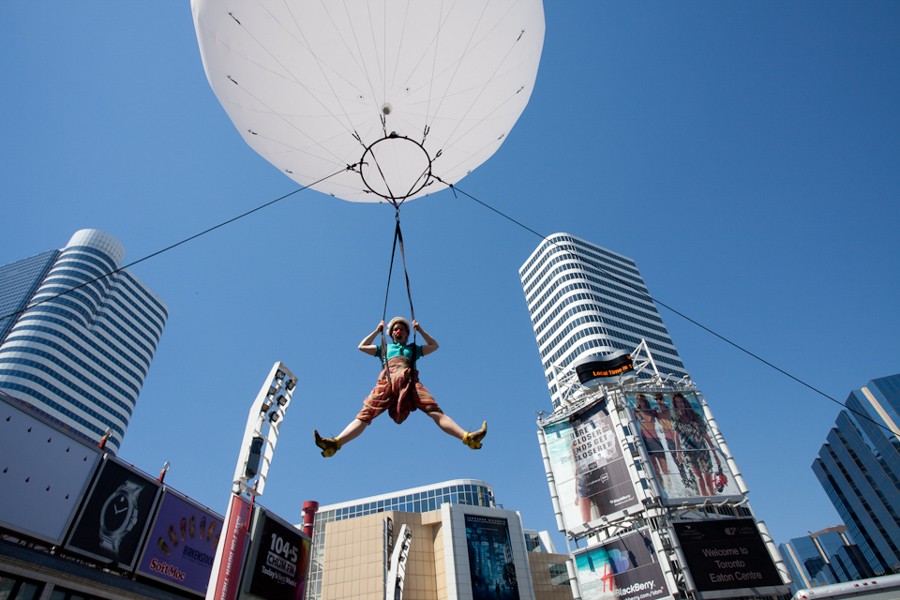
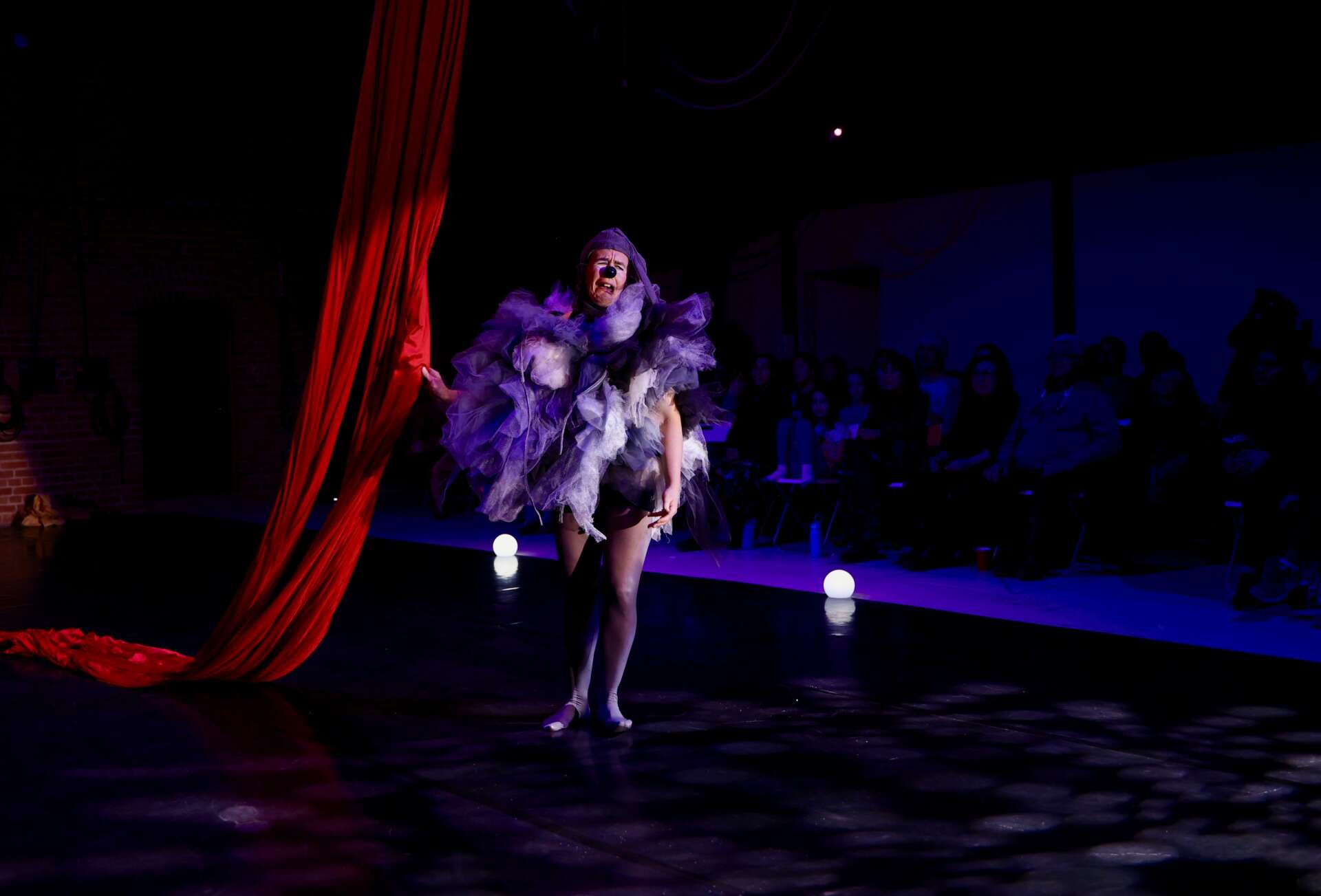
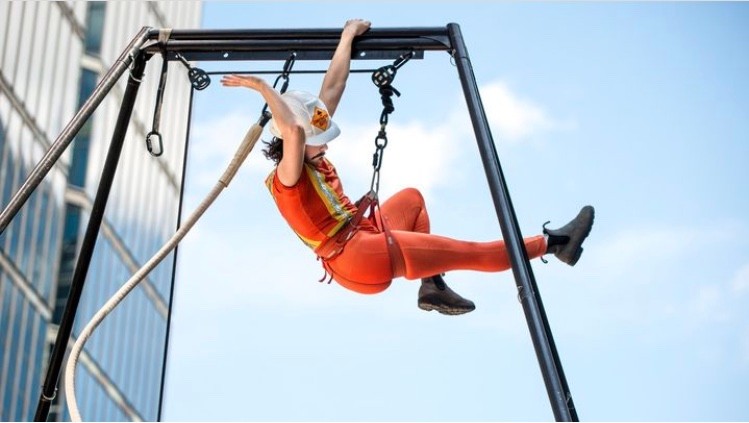
What can society do to ensure an environment that’s helpful to artists and creatives?
I think that one of the pitfalls of capitalism is that it is product oriented, while art is really process oriented. Yes, an artist ultimately produces something (whether it be a painting or a live performance), but so much of the work of being an artist is the unseen labour that exists behind the part that we see. And I’m not even talking about the specific rehearsals that go into a particular performance, although I believe that time is also undervalued. I’m talking about the years of training and daily practice that even make those rehearsals possible. And also the quiet, contemplative dream-time that makes the creative spark possible. This is all part of the work of artists, and if we want art to thrive, we need to value this part of the work and support artists to do this work regularly and not just for a specific project. Ultimately I think some kind of guaranteed basic income would be the best way to do this, but beyond that, access to space, time and proper wages (that account for the invisible work) would also go a long way.
The other side of this is just creating a society that supports people’s basic needs, including access to affordable housing, food, health care, child care and other social supports. If we take care of each other and make sure everyone has enough, then we also make space for art and artists.
Until we get there, at minimum, folks purchasing art need to pay the asking price and understand that includes more than just the tip of the iceberg they’re seeing.
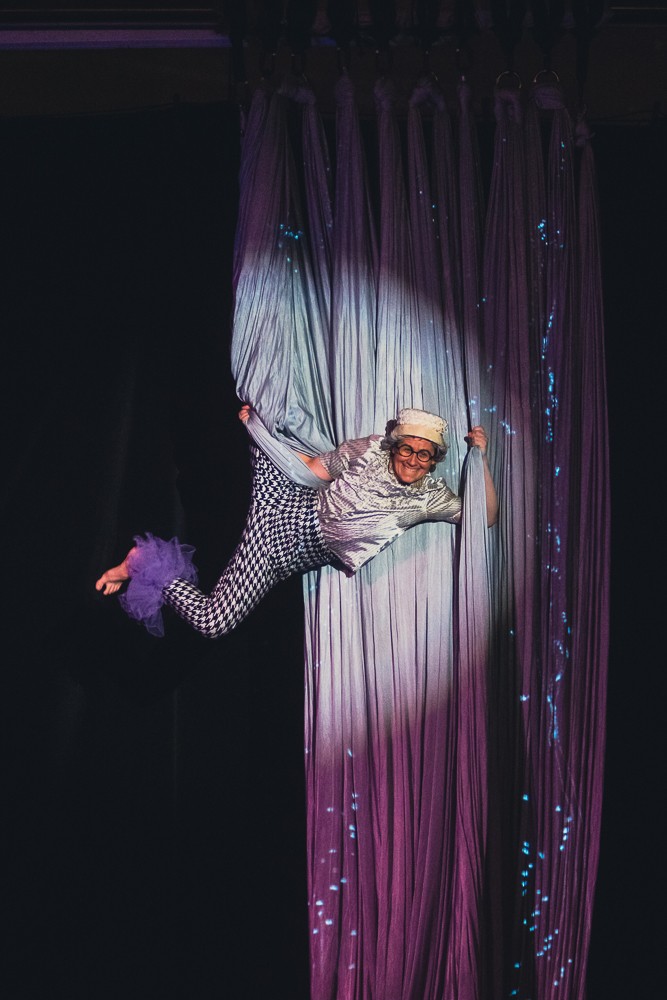
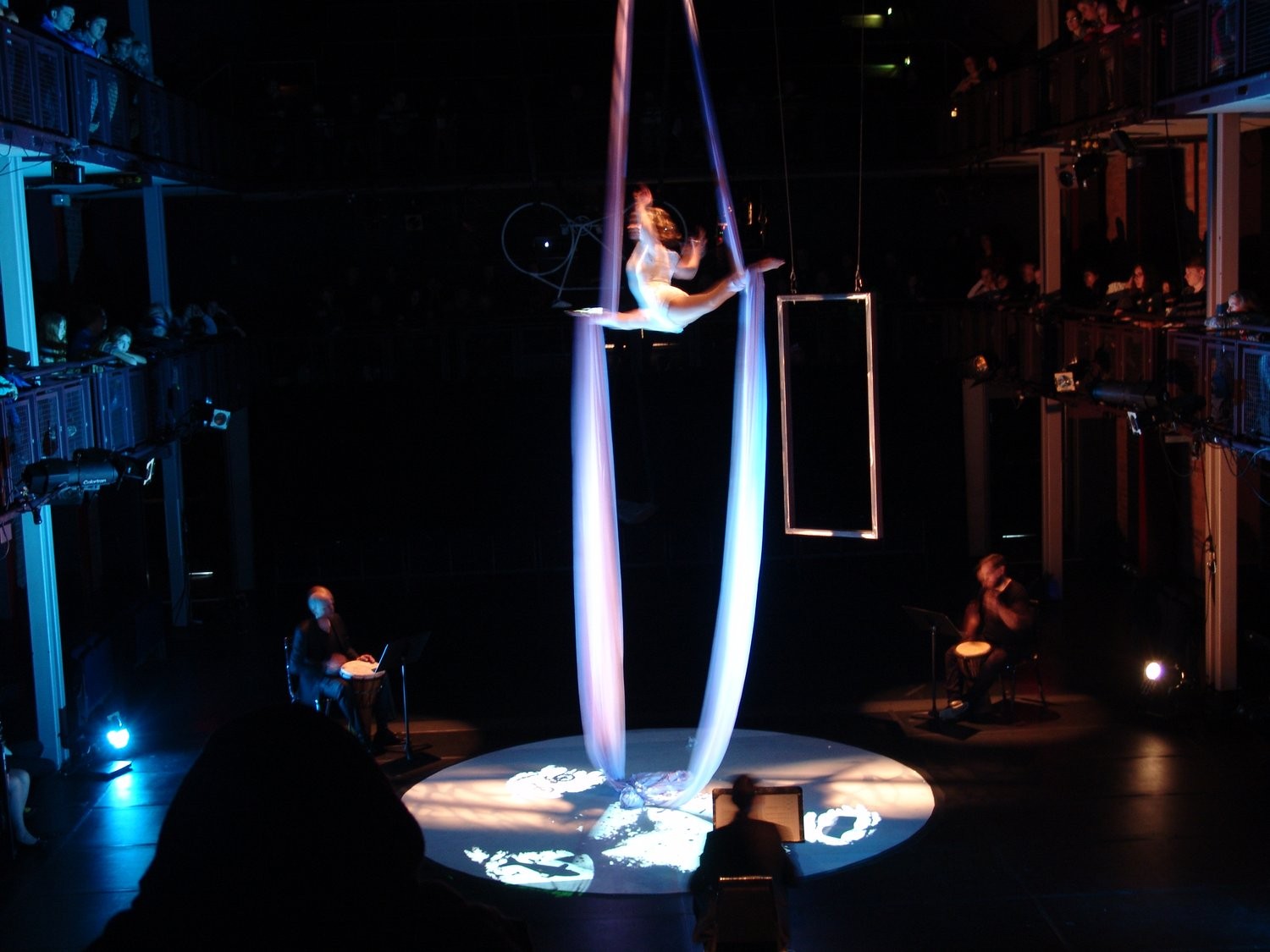
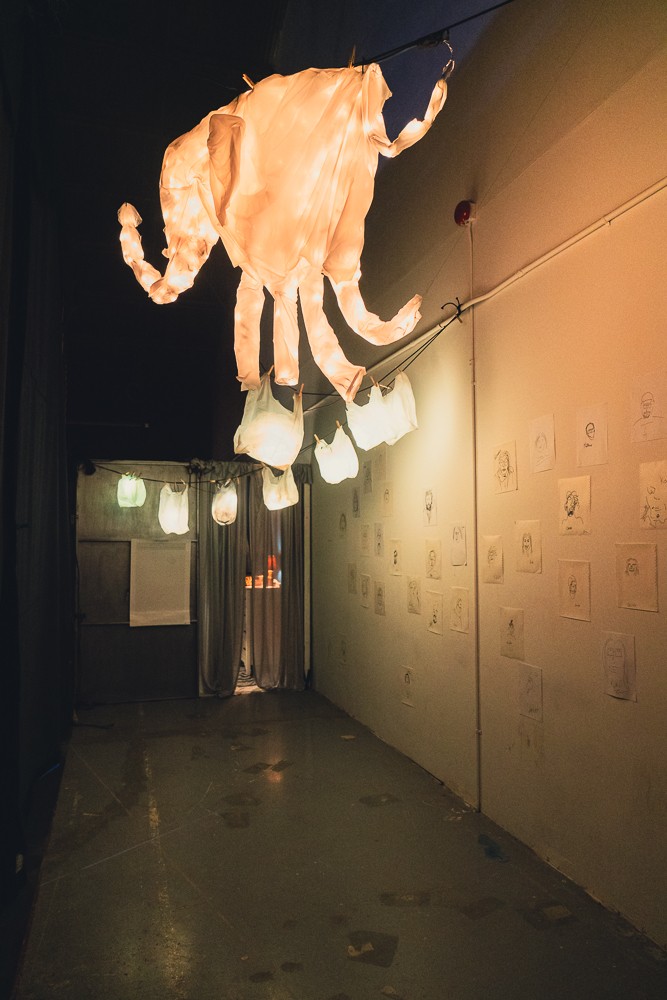
Learning and unlearning are both critical parts of growth – can you share a story of a time when you had to unlearn a lesson?
Very early in the history of Hercinia Arts we came up with the saying, “less optimism, more planning”. It came about when we were having a piece of custom equipment being built and it kept getting delayed, but we tried to trust that it would be ok and done on time for a gig we had. Finally it came down to us having to go and pick it up on the way to the gig and ultimately we got there and discovered that it wasn’t done as we wanted and wasn’t going to be safe to perform on. Luckily for us, the event ended up getting rained out, but it was a valuable lesson in a few things, but especially in unlearning that just because someone seems to have more experience and confidence than you, doesn’t mean they are going to deliver. I think that this is something that a lot of us deal with, especially when we are young, and to be honest, it’s a lesson I’m still unlearning to various degrees. Ultimately that instance taught us to trust our own instincts and to always expect that things will go wrong, so plan as much as you can so that you can be ready for the variables.
Contact Info:
- Website: www.emilyhughes.ca (personal artistic site) www.herciniarts.com (company site)
- Instagram: @inverted.traveller / @herciniarts
- Facebook: Hercinia Arts Collective
Image Credits
Personal photo – by Kaylens Additional photos: 1. Balancing on the Edge – unknown photo credit 2. Dustee in Wonders of Winterland -photo by Evan DeRushie 3. Goodbye Esther – photo by Lyon Smith 4. Goodbye Esther (installation) – photo by Lyon Smith 5. REST – photo by Lori Ryerson 6. REST – photo by Lori Ryerson 7. Construction Guys – photo by Stark Glow Photography 8. The 477th Greatest Show on Earth – photo by Jim Panou


